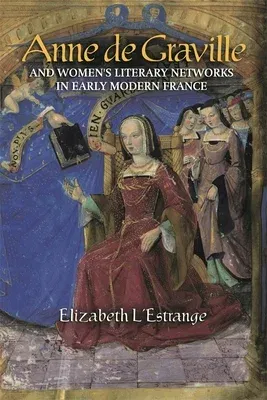First detailed reconstruction of Anne de Graville's library,
establishing her as one of the most well-read and erudite poets of the
period.
In the 1520s, the French noblewoman Anne de Graville composed two poetic
works, based on older, canonical, male-authored texts: Giovanni
Boccaccio's Teseida and Alain Chartier's Belle dame sans mercy. The
first, the Beau roman, she offered to Claude, queen of France and wife
of Francis I, and the second, the Rondeaux, to the king's mother, Louise
of Savoy. With the pro-feminine spin of her rewritings, Anne developed
the legacy of another woman writer from 100 years earlier, Christine de
Pizan, by entering the on-going debate known as the querelle des femmes.
Like Christine, Anne sought to redress the negative view of women found
in much contemporary popular literature and to offer role models for
both men and women at the court of Francis I.
This book is the first detailed reconstruction and interpretation of
Anne's library and her collecting practice, showing how they relate to
her own writings and her literary milieu. It also teases out her links
to other women writers of the time interested in the querelle, such as
Catherine d'Amboise and Margaret of Navarre. Paying close attention to
literary, manuscript, and artistic sources, it establishes Anne's
reputation as one of the most erudite poets of the period, and one
keenly attuned to the position of women in society as well as to the
political sensitivities of the French court.

